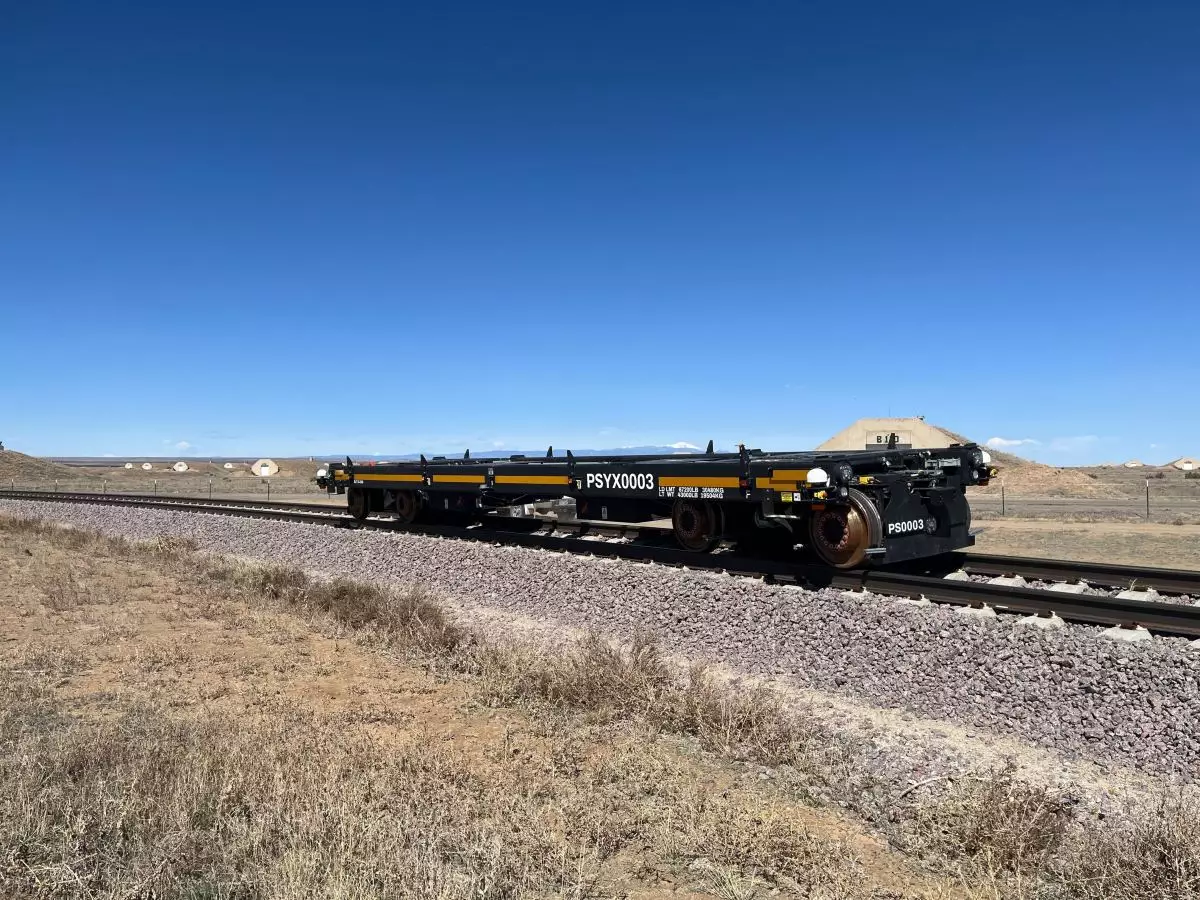Freight transportation in the United States has largely depended on trucking, with approximately two-thirds of the colossal 20.2 billion tons of freight moved annually. While trucks have maintained a firm grip on the market, the established rail system has remained an underutilized asset for shorter distances. This inefficiency stems from the traditional rail framework, which predominantly uses massive locomotives capable of hauling numerous freight cars over long stretches. The consequence? A missed opportunity for businesses aiming to streamline costs and increase efficiency in logistics.
The intersection of technological advancement and established industries often leads to revolutionary changes, and that’s exactly what companies like Parallel Systems are striving to do. By employing electric and autonomous technologies, they are working to reshape how goods are transported across the nation. Such innovative moves could signify a pivotal shift in freight logistics, potentially enhancing accessibility and affordability for businesses constrained by the status quo.
Introducing Parallel Systems: A Bold Vision
Originating from Los Angeles, Parallel Systems is spearheaded by founder and CEO Matt Soule. With a clear vision to modernize conventional rail systems, Soule proposes a battery-powered, autonomous freight technology that aligns seamlessly with existing rail infrastructures. His concept is particularly compelling: By allowing for autonomous connection and disconnection between train cars, Parallel Systems aims to eliminate one of the freight industry’s most hazardous tasks while providing a flexible shipping solution for various delivery sizes.
Soule’s objective isn’t to overhaul the freight industry entirely but to reimagine it within its established framework. This approach warrants attention, especially as many businesses look to reduce costs associated with fuel, labor, and transportation, particularly for short hauls where trucking presently predominates. With the advent of Parallel’s technology, companies can leverage rail—a mode of transportation that has frequently been sidelined—without overhauling the entire system.
Technological Advances: A Game Changer
Parallel Systems’ innovations go beyond merely facilitating attachment and detachment of freight cars. The company boasts enhanced braking capabilities, which outmatch traditional trains significantly. This situation illustrates a compelling advantage: improved safety and responsiveness on the tracks, essential in today’s fast-paced logistics environment.
The company’s recent approval by the Federal Railroad Administration to conduct pilot tests in Georgia marks a significant milestone. Companies aspiring to adopt new technologies often face daunting regulatory hurdles. However, Parallel’s ability to garner this approval signifies robust potential for streamlined operations when tested along crucial transport routes, including the vital Port of Savannah.
Moreover, the infusion of $38 million in Series B funding underscores investor confidence in the potential of Parallel Systems. Although the company may not fit neatly into traditional investment theses, the growing importance of efficient shipping solutions is beginning to catch the eye of visionary investors. The challenges posed by high tariffs could further propel demand for innovative solutions like Parallel’s, as companies are increasingly incentivized to seek cost-effective alternatives.
Disruption in the Logistics Landscape
As the logistics industry grapples with evolving consumer demands, the notion of incorporating autonomous technology into rail freight encounters inevitable skepticism. Critics often raise concerns regarding the feasibility of changing established logistics networks, especially those as intricate as freight transportation. Yet, Soule’s background, encapsulating two decades of experience in regulated transportation and aerospace, equips him with a unique perspective on overcoming these challenges.
In an age where businesses prioritize efficiency, sustainability, and cost-effectiveness, the heavy reliance on traditional trucking poses a heavy burden on the environment and corporate budgets. Parallel Systems has identified a critical inflection point in the logistics sector, aligning its innovations precisely with market needs. As they position themselves for a commercial launch in 2026, they are likely to be recognized as trailblazers in a generational shift within freight transportation.
Looking Ahead: The Lifespan of Innovation
The notion that innovative technologies are the key to unlocking systemic changes in established industries is decidedly not new. However, the outcome typically hinges on timing and market readiness—two variables that Parallel Systems appears to have expertly navigated. By focusing on both technological advancements and fostering connections with potential clients, they could pave the way for a new understanding of freight logistics.
In the grand narrative of freight transportation, the stakes are remarkably high. An evolving landscape laden with uncertainty, fueled by both economic pressures and environmental imperatives, positions autonomous rail systems as not only a possibility but a necessity. As the logistics industry stands on the brink of transformation, the quest for more effective freight solutions is surely just beginning, with Parallel Systems at the forefront of this intriguing journey.

